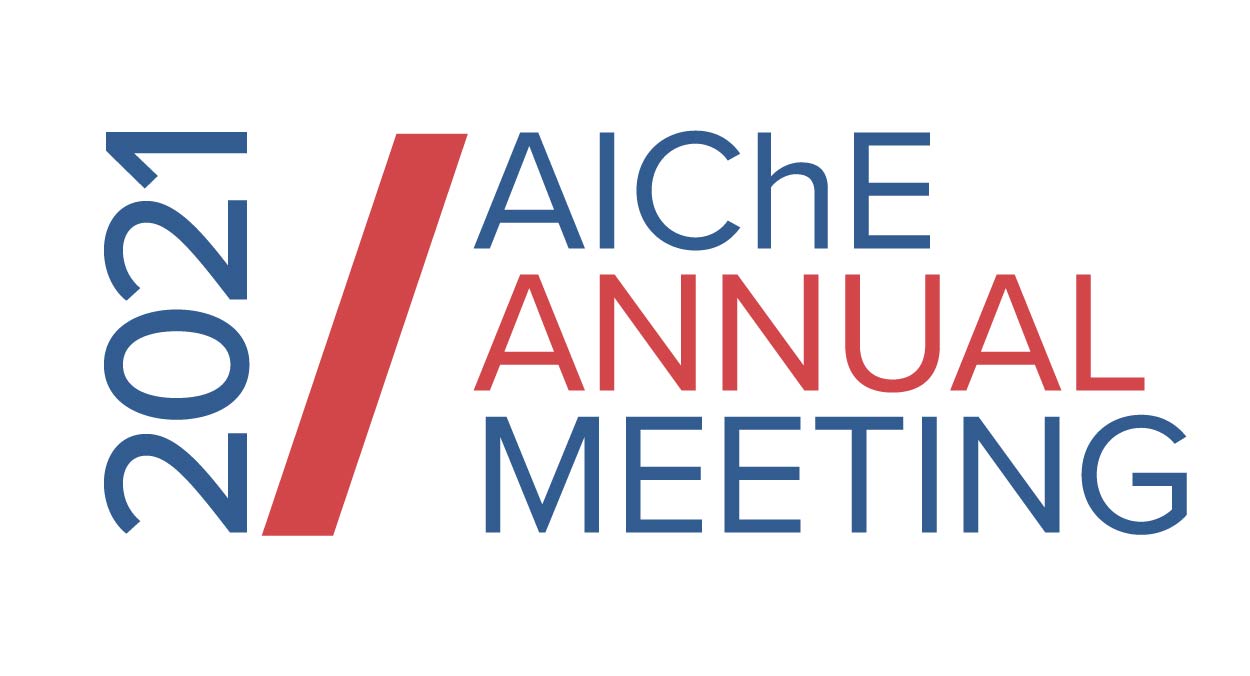

We report on formation of liquid crystalline (LC) coacervates composed of negatively charged polyaromatic molecules and positively charged homopolyelectrolytes. These polyaromatic molecules (such as disodium cromoglycate; DSCG) can self-assemble in aqueous solutions to form rod-like mesogens via π-π interactions. At sufficiently high concentrations (300 mM), these mesogens exhibit long-range orientational order and give rise to LC mesophases. At concentrations (~ 5 mM) that are several orders of magnitude lower than the corresponding bulk LC phase, no mesophases are observed. Surprisingly, addition of polycations to 5 mM DSCG solutions leads to the formation of LC-coacervates that appear as droplets in solution. The local DSCG concentration in these droplets are significantly higher than their surroundings, leading to characteristic bipolar configuration when observed via polarized optical microscopy. We elucidate the charge-driven formation of LC-coacervates by characterizing trends in their compositions, optical textures and rheology via systematic variations of total charge, ionic strength, and temperature of the solutions.
Presenter(s)
Once the content has been viewed and you have attested to it, you will be able to download and print a certificate for PDH credits.
If you have already viewed this content,
please click here
to login.
